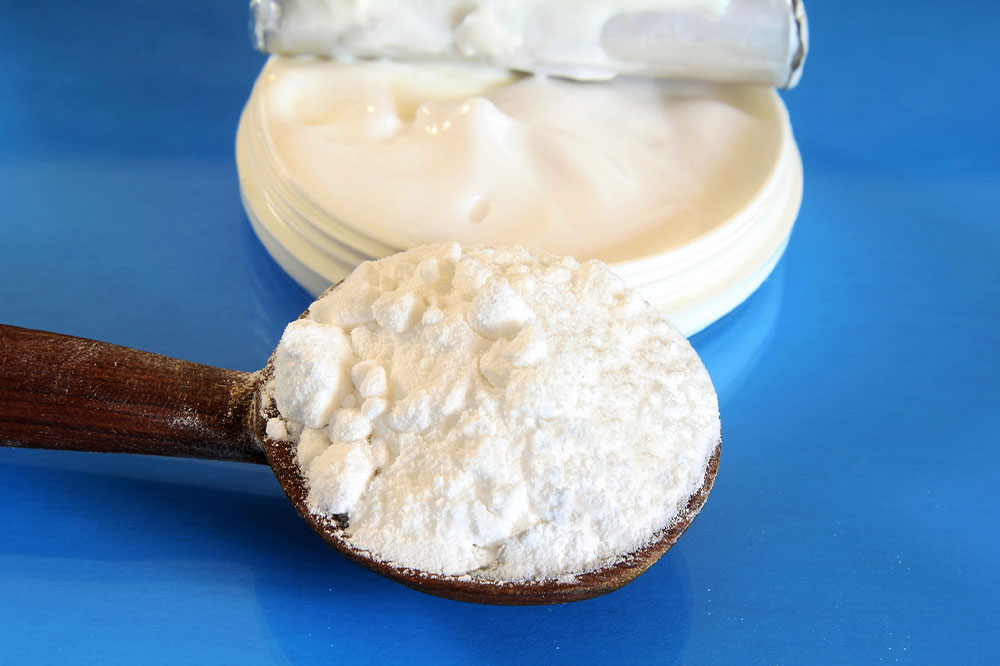5 easy home remedies for a flea infestation in pets

If you have a dog or cat at home, you’d be familiar with a flea infestation in your house. It can get very difficult to contain flea infestation once their growth gets out of control, but there are several home remedies to treat flea infestation effectively. The best part about these remedies is that they are natural and chemical-free. The mentioned home remedies to treat flea infestation are very effective in getting rid of infestations that are bothersome to your pets:
- Boric acid : Boric acid is great at getting rid of fleas from your home, and it is available in powder form. You can spread this powder over the carpets, under the furniture, and also on the furniture. The results of this home remedy can be seen in a few days. Boric acid is not toxic and does not leave any residue either. In case there are toddlers around, you need to be extra careful about them coming in contact with the powder. It is best to vacuum once a week after applying boric acid as vacuuming also helps get rid of the flea debris or rogue eggs.
- Natural flea collars : A natural flea collar can be used for your pet to ward off fleas. You can either make your own natural flea collar or buy one from the market. For a DIY natural flea collar, you can buy a nylon collar or a cotton pet collar. A teaspoon of vodka mixed with a drop of geranium or cedarwood oil can be applied on the collar. Alternately, you can mix vodka with one drop of eucalyptus oil, one drop of thyme oil, and one drop of lemongrass oil and apply it to the collar. You should refresh the collar on a weekly basis or once the smell fades.
- Apple cider vinegar : Apple cider, applied topically or given orally, is one of the most effective home remedies to treat a flea infestation. Spraying unfiltered apple cider mixed with water on your pet’s coat keeps fleas away. In case your pet does not like the smell or cannot tolerate the spray, combing your pet’s coat with a comb dipped in this solution also helps. Adding 2 tablespoons of apple cider to your pet’s drinking water is a great way to get rid of fleas from the inside.
- Lemon spray : This is another great home remedy to treat a flea infestation. Cut a lemon into quarters, pour boiling water over it, and let it steep overnight. Use this as a spray on your pet’s coat, especially around the ears, under the legs, and at the base of the tail. Never use citrus essential oil, as it might be dangerous for your pet.
- Eucalyptus : Eucalyptus oil, another effective home remedy to treat a flea infestation, can help if you simply leave open its jars around your house.
If home remedies don’t provide total relief, you might want to choose vet-recommended treatments for fleas and ticks in pets. Some options include Simparica® Chewable Tablets, Bravecto® Chews, Advantage® II, and K9 Advantix® II. To protect your pet against heartworms, and control roundworms and hookworms, you can give them HEARTGARD® Plus Chewables.


